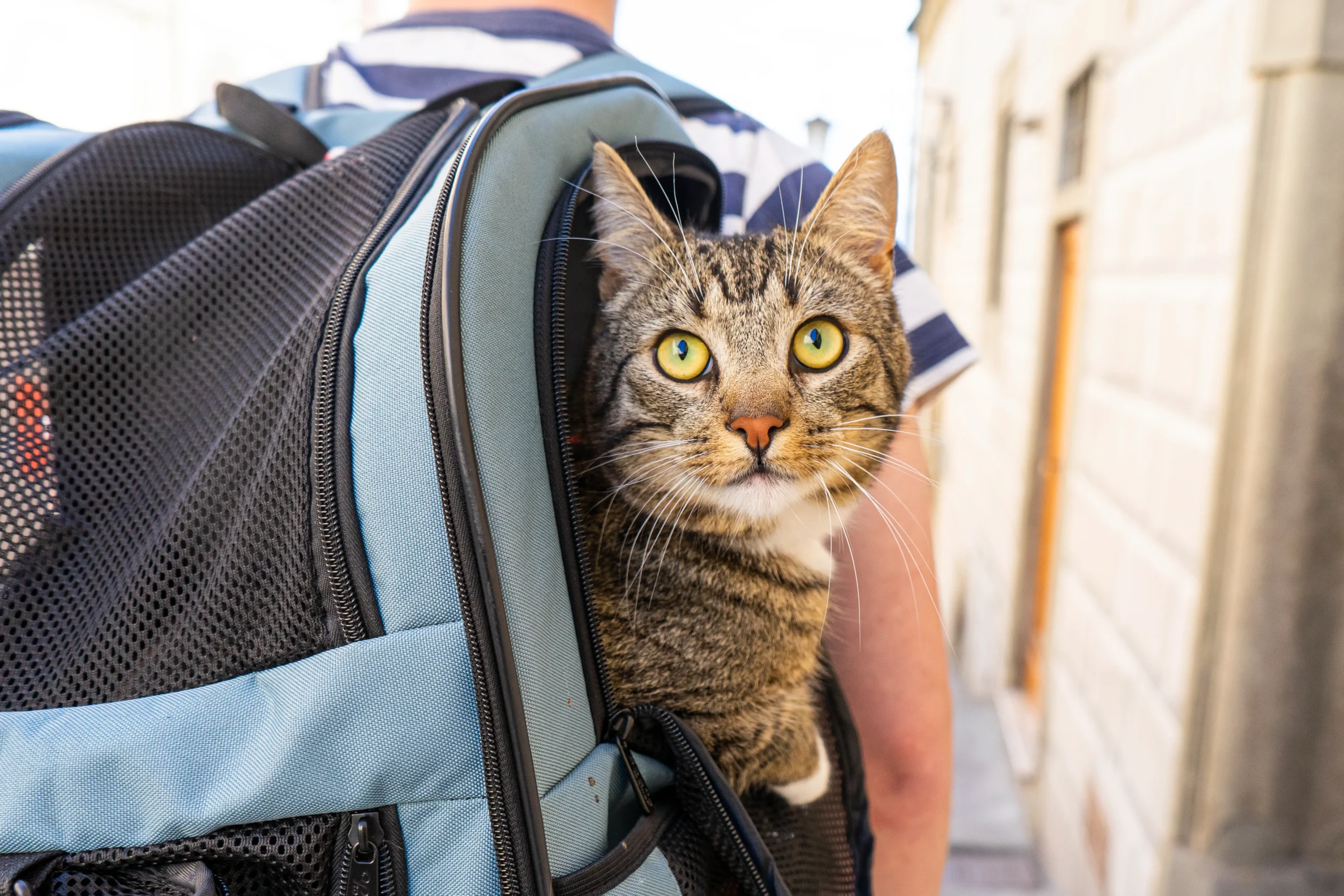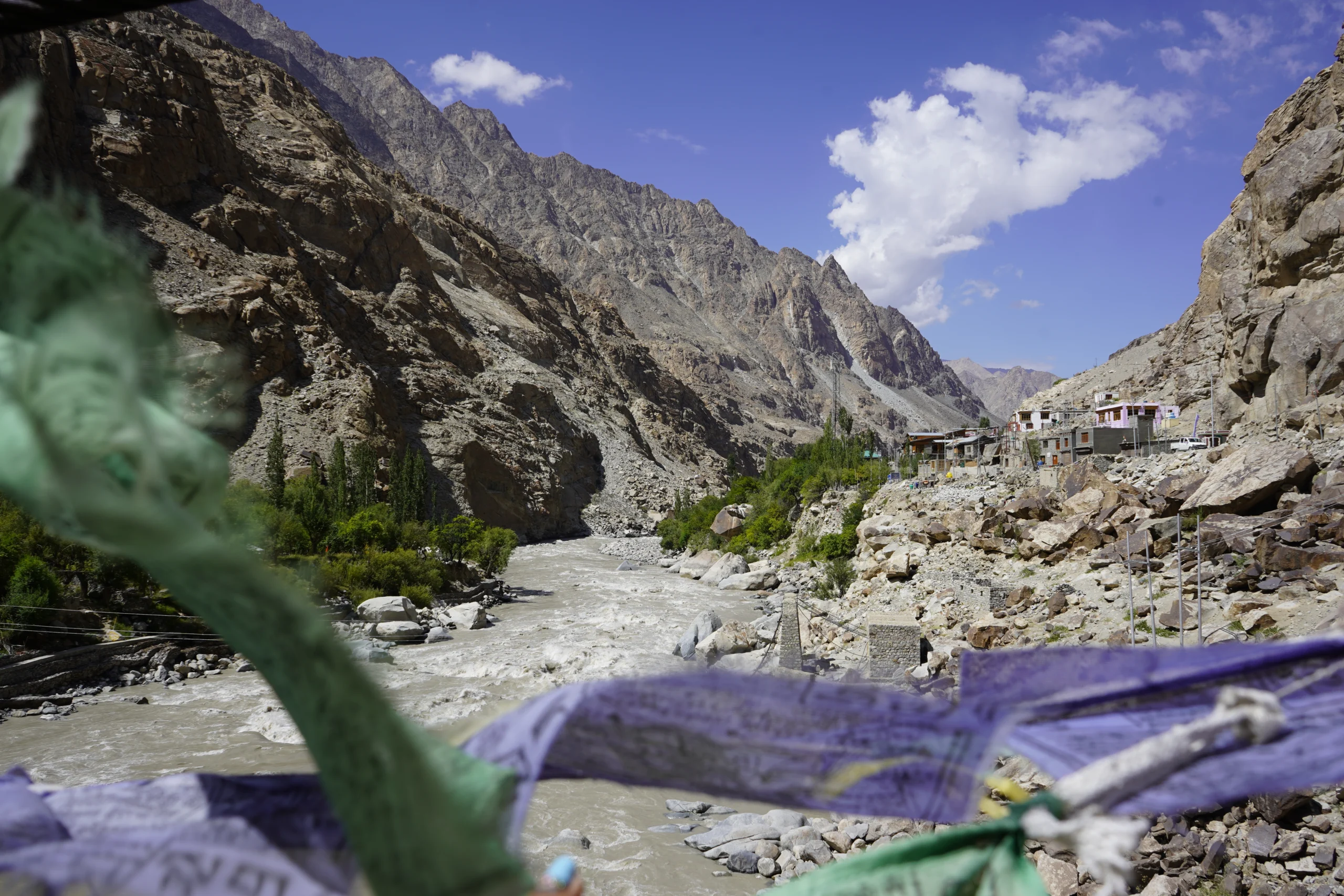Gauri Puja – Festival Within A Festival
Lorem Ipsum is simply dummy text of the printing and typesetting industry. Lorem Ipsum has been the industry’s standard
Ritu@2017
“India is a land of diversity!”
We generally don’t like starting a post with clichés. But this cliché gives our post a fair and reasonable introduction.
Every epithet you have ever heard about India’s rich cultural heritage, its colourful festivities and it’s unique ethos is true. Every single word!
And we don’t just say that because India is our Motherland. We admit it simply because the multi-religious, mutli-cultural, multi-lingusitic and multi-ethnicity of this 5000 year old civilization is an incredible part of the spirit that makes India what it is today – a conglom of diversifications, so unique, so exemplary and so rich in vibrancy without which it would have been just another nation.
So coming back to our “original” cliché, yes, India is a land of diversity – where languages and dialects, cuisines and food preferences, festivals and religious orientations, weather, topography and clothes change with every few kilometers.
We (true to our name – Wanderers) have lived in many parts of our beautiful country but for the past six years, we’ve made Maharashtra, a state in the West our home. And have these years been a revelation!
In six years we’ve seen festivals of every hue being celebrated with pomp and gaiety. Festivals such as Ganesh Chaturthi, Makar Sakranti (the Harvest Festival), Akshaya Tritiya are very significant to the cultural ethos of the state. But there are many smaller yet key celebrations that are remarkable in their unique history and practices, which are not just popular but also majestic.
So imagine our surprise when a dear friend invited us to her home for Mahalakshmi Puja, also known as Gauri Puja, one evening in September, somewhere in the midst of Ganesh Chaturthi, the ten day festival that marks the birthday of the elephant-headed God, son of Shiva and Parvati – Lord Ganesh or Vinayaka. A festival within a festival? Well! Didn’t we say something in the beginning about India’s “unique” cultural heritage???!!! We rest our case!
Since we didn’t know much about Gauri Puja we read up and also spoke to a friend who gave us a lot of information.
The Goddess Gauri is considered to be an incarnation of Parvati, mother of Lord Ganesha. Her idol is welcomed into the home of devotees, placed alongside her son’s with much fanfare for three days after which she receives a dutiful immersion or goodbye. Her presence is believed to eradicate sufferings and unhappiness. More than all else, what struck us as remarkable is also the belief that during this festival we seek the blessings of Lord Ganesh’s parents.
The festival is celebrated by unmarried girls as well as married women, who deck up in traditional finery to sings songs and perform the rituals.
At our friend’s place, we saw the idols of Gauri placed in an extravagant tableau with several pieces of traditional Hindu artifacts on display. The figurines of the Goddesses were bedecked in gorgeous sarees (bought specifically for the occasion) with all the finery that are important to married Hindu women, such as jewellery (bangles, necklaces etc), bindi, sindoor and veni (Marathi for a string of flowers worn in the hair). The offerings made to the Goddesses in the form of fruits, flowers, snacks and Indian sweetmeats lay at their feet.
The detailing of the presentation left us wonderstruck! The Goddesses palms were decorated with traditional henna designs, and they wore REAL jewellery – for example, the nose rings (called nath in Marathi) worn by them – glittering combination of gold, pearls and semi-precious stones – are also traditional to the region and worn by brides on their wedding day and thereafter in every traditional ceremony as married women and belonged to the lady of the house and her mother-in-law!
The Gauri idols we saw were over 125 years old and have been passed on for generations within the family. Some of the silver artifacts on display were also of similar genealogy including the beautiful tall Peacock oil lamp and the Sitar!
The grandeur with which this festival is celebrated is so characteristic of the fervour that marks Hindu festivities.
Our first experience with a “festival within a festival” was exhilarating to say the least! We suppose, the pictures say it all!






Author Details









